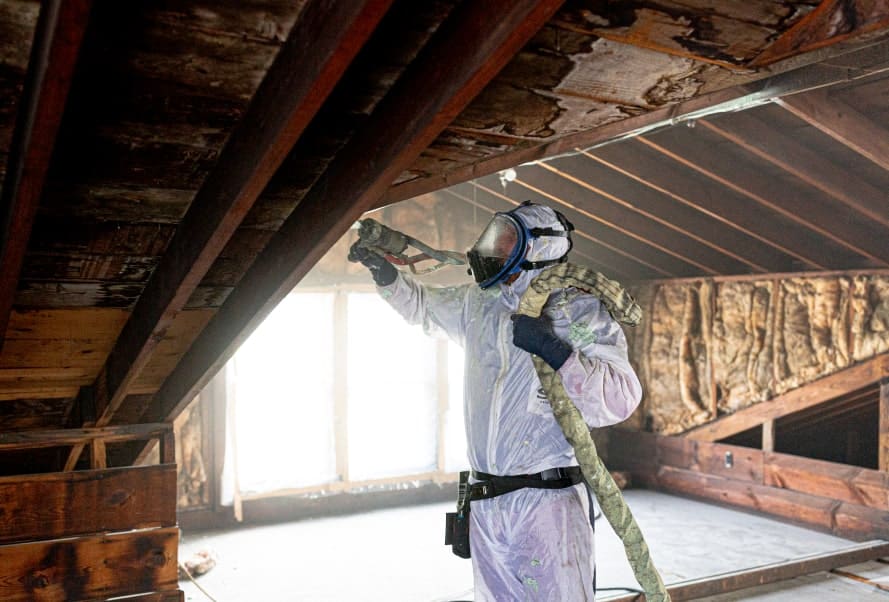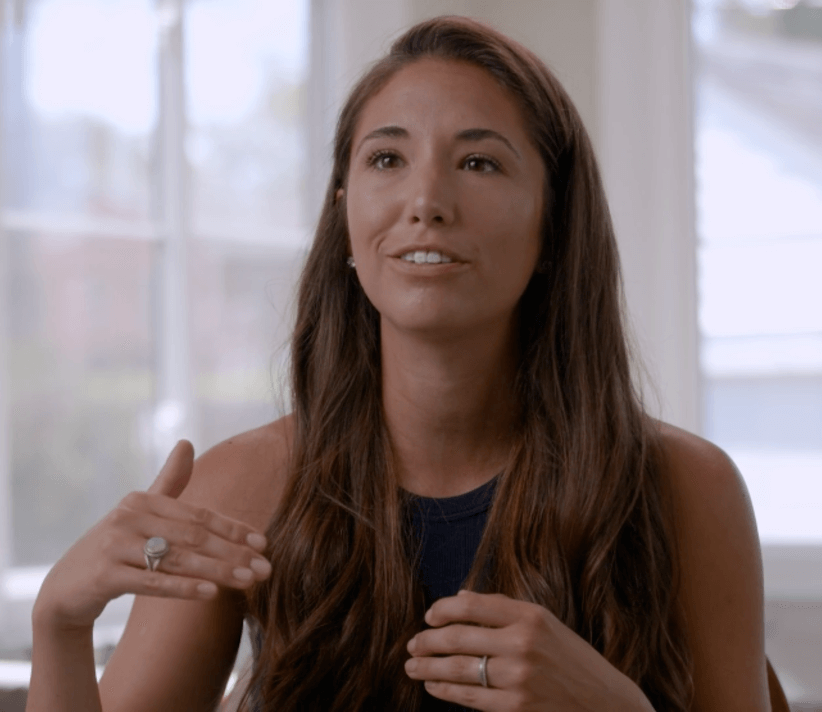Professional Attic & Wall Insulation services in St. Louis, MO
Best insulation service in St. Louis, Guaranteed!
Enhance Your Home’s Comfort and Value with Our Durable, Fire-Retardant Attic & Wall Insulation
Are you tired of battling against chilling drafts in your own home? Is the thought of opening the next month’s energy bill filling you with dread?
Dealing with outdated, inefficient attic insulation not only drains the warmth out of your home, but takes your hard-earned money with it.
The part no one mentions is that the problems go beyond mere discomfort. Health risks loom in your home when insulation gets dank and moldy. Old-school materials containing asbestos and other chemicals are nothing more than fire hazards, ready to claim everything you own without warning. And the rodents? They love to nest in deteriorating insulation that hasn’t been treated with repellents to keep them away.
But you’re not stuck with your old insulation or the threats that come with it.
Imagine flipping this gloomy page to a version of your home where warmth radiates from every room, your energy bill has gone down, and everything behind the walls resists fire and pests. That’s what Foam Co.’s state-of-the-art attic & wall insulation services offers.
Book an appointment today for a free in-home estimate with the best insulation company in St. Louis.
Get the job done without coming in contact with toxic substances, dealing with pests or spending your precious time in the attic of your home when you could be doing something you enjoy.

Schedule a free consultation
Maximize your home’s energy conservation and comfort with our specialized attic insulation and wall insulation services. Book your in-home consult today!
7 Risks Homeowners Want to Avoid When Dealing with Attic Insulation and Wall Insulation
Incorrect Attic Installation
If insulation is not properly installed in a new home, it may reduce its effectiveness and impact the home’s energy efficiency. For many homeowners, the whole project ends up feeling like a total waste of time.
Damp or Wet Wall Insulation
When homeowners encounter damp or wet wall insulation, it usually signals a bigger problem, and just like that, the project escalates from installing attic insulation to learning how to detect and seal the seams in the attic that allow moisture to enter the space and reduce the longevity of your insulation.
Rodents or Pest Infestations
The goal with attic insulation and wall insulation is always to get in and get out. But when beady eyes stare at you from across the way, or the insulation moves in ways it shouldn’t, homeowners know they’re in for more than they bargained for. Rats, mice, bats or bugs can make nests in the insulation material, damaging it significantly.
Fire Safety Issues
Certain types of attic insulation, like cellulose, are flammable & require proper fire safety measures to prevent any hazard. Homeowners are just looking to get the job done, not pick up a new trade, becoming an insulation expert, hoping to put something in that wires won’t spark into a blaze.
Toxicity Issues
Older homes might still have asbestos-based insulation, which is highly toxic if its particles become airborne. Most homeowners don’t know what type of insulation they have, especially if they’ve never had it looked at or replaced. These discoveries are best kept for the experts who are protected by commercial-grade safety gear and know how to handle these materials.
Uninsulated Spots (Thermal Bypasses)
These are areas that have been missed or are hard to reach and cause significant heat transfer. For story short, many do-it-yourself projects turn out spotty, and this leads to ineffective wall insulation that doesn’t yield the benefits everyone hears about; lower energy bills, improved home comfort, and reduced environmental impact. To ensure optimal insulation performance, it’s crucial to cover every nook and cranny, which often requires professional expertise and equipment. DIY attempts, while commendable, may miss critical areas, resulting in subpar insulation that fails to live up to expectations.
Air Sealing Problems
Proper air sealing is essential for attic insulation and wall insulation to be effective; poor sealing compromises this effectiveness.
Call today for a free consultation with the leading insulation contractors in St. Louis and get all the information you need for your attic insulation and wall insulation projects.

Most common questions related to Attic and Wall insulation services
What is the best insulation for walls and attic?
At Foam Co, we recommend various insulation types based on your specific needs. For most homes in St. Louis, spray foam insulation provides excellent thermal resistance and air sealing properties, which are crucial for both walls and attics.
Is there a difference between attic insulation and wall insulation?
Yes, each type serves a unique purpose; attic insulation is typically designed to prevent heat from escaping through the top of your home, while wall insulation is used to maintain an energy-efficient barrier around your living spaces.
Is there a difference between wall insulation and ceiling insulation?
Ceiling insulation often requires materials that are denser than those used in walls to prevent heat from rising and escaping, especially in colder climates.
Do I need to insulate the walls of my attic?
Insulating attic walls is crucial for creating a complete thermal barrier, especially in homes where the attic space is used as a living area or requires temperature regulation.
Common FAQs About Insulation Services
How often does insulation need to be replaced?
Insulation typically lasts 10 to 15 years, but it requires regular checks for optimal performance. The exact lifespan depends on the insulation type, quality, and your home conditions.



Will insulation installation save me money on energy bills?
Yes, correct insulation can reduce energy bills by making your home more energy-efficient. The savings depend on the insulation type, amount, your local climate, and your HVAC system’s efficiency. The EPA suggests that insulation and air sealing can cut home energy costs by about 15%.
What insulation types does Foam Co offer?
Foam Co provides a comprehensive range of insulation types, including Batt Roll Insulation, Dense Pack Insulation, Blow-In Insulation, and Spray Foam Insulation. You can find more details on each type on our Product page.
How do I choose the right insulation type for my home?
The choice depends on the space you’re insulating. Code for many Zone 4 climates recommends at least R-13 in walls and R-38 in the attic. However, adding air sealing and increasing the R-Value can offer better value. To make the best decision, consider scheduling a free home health visit with us.
How does insulation work?
Insulation works by slowing the flow of heat, which naturally moves from warmer to cooler areas. By reducing heat flow, your heating or cooling systems work less, maintaining desired temperatures more efficiently and saving you money.
How long will insulation installation take?
Generally, insulation installation is completed in one day, but the timeline can vary based on the size of the space being insulated. Be sure to contact us at 314.463.0888 to describe the size of your home and the space that you would like to address and we can schedule a complimentary consultation to fully educate you on the process.
What is the average cost of your service?
We prioritize transparency and affordability. The cost of our professional insulation services can vary significantly depending on your home’s specific needs and the type of insulation chosen. For an accurate estimate, consider scheduling a free home health visit with us.
How do I know if my insulation should be replaced?
Signs your insulation may need replacing include inconsistent room temperatures, unusually high energy bills, if the insulation was only installed to minimum code, or if it’s over 10 years old.
“I’m excited to see our energy bills go down and to be more comfortable in our house…”
Read More…
Cat B.
Customer

